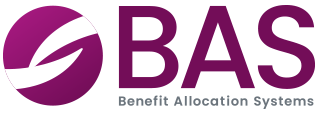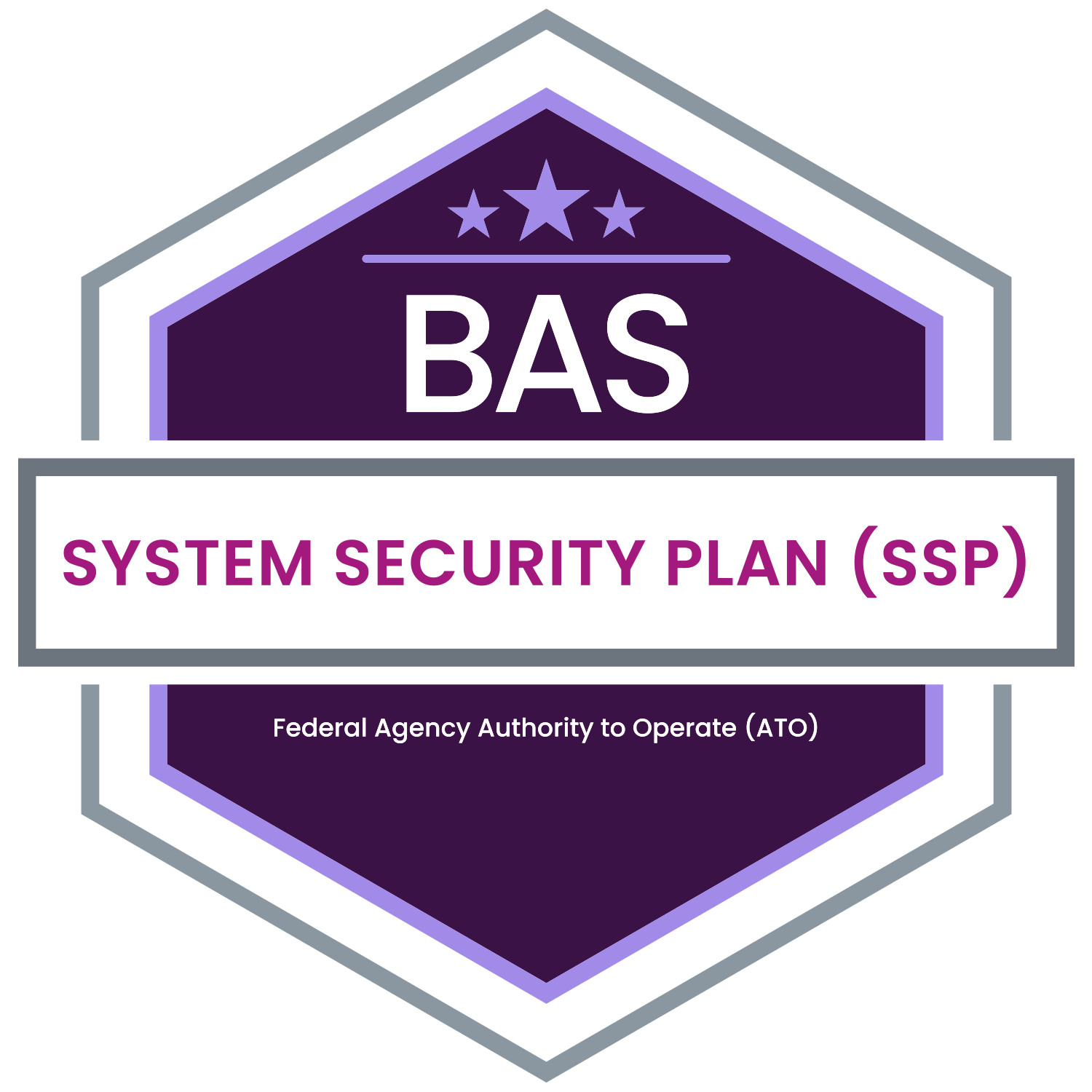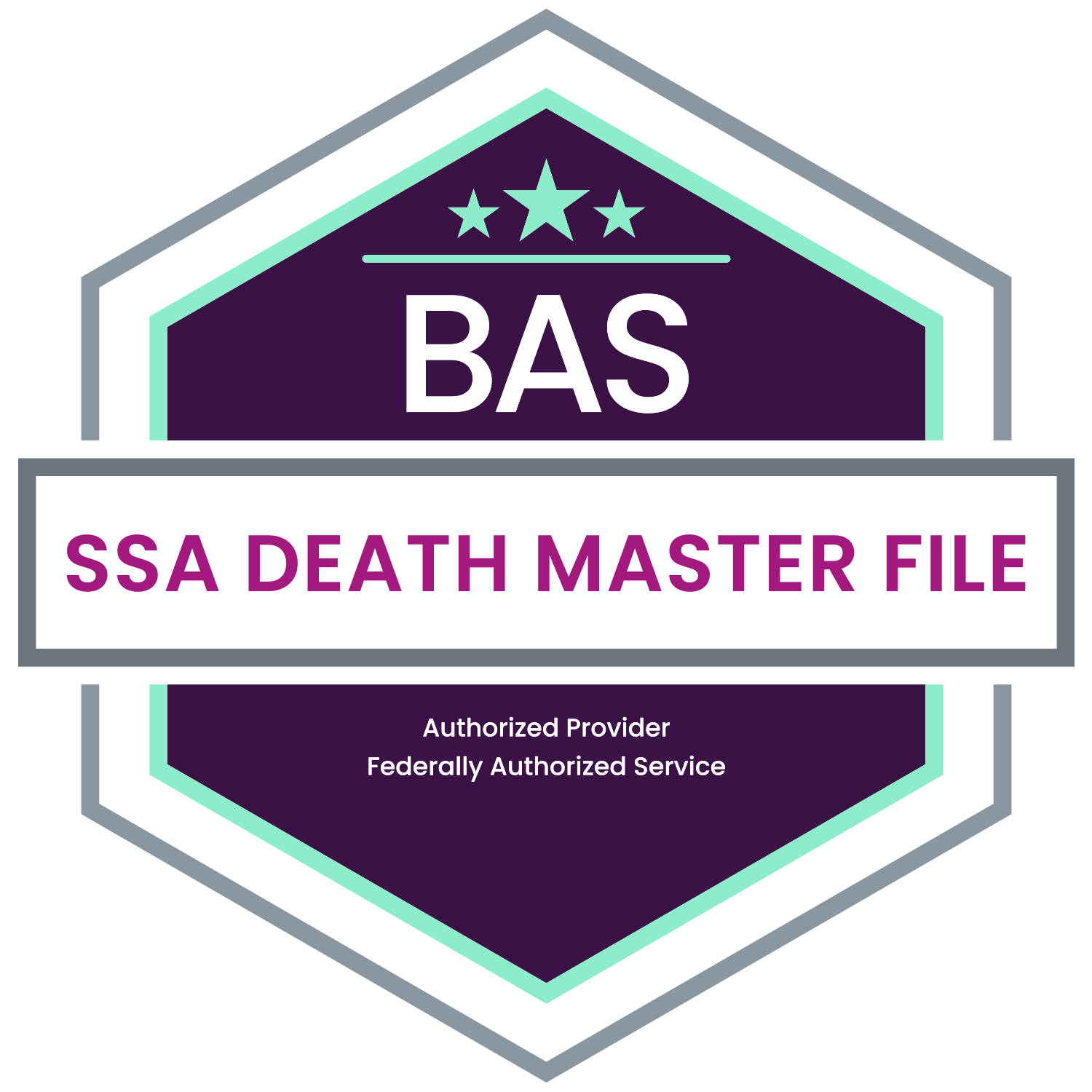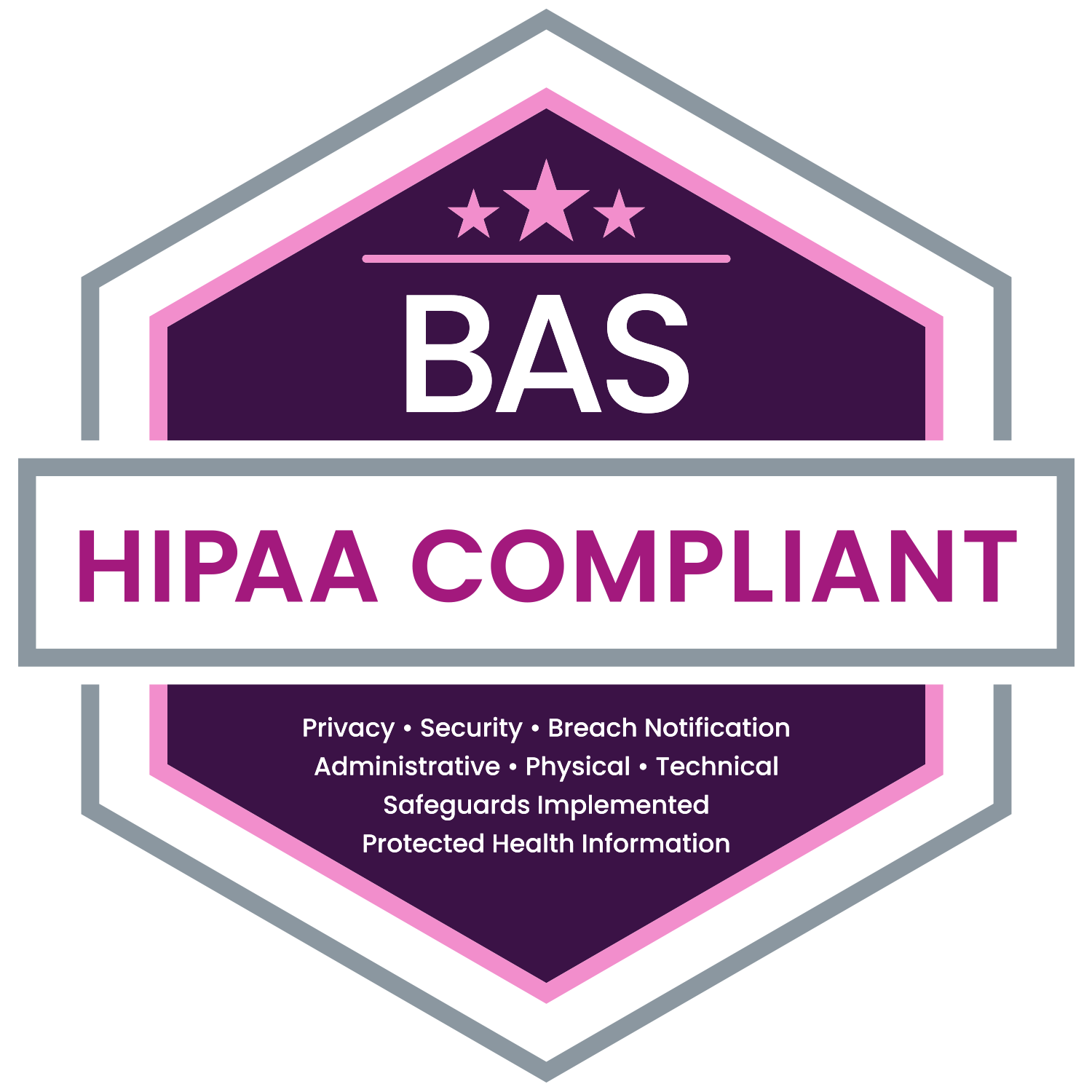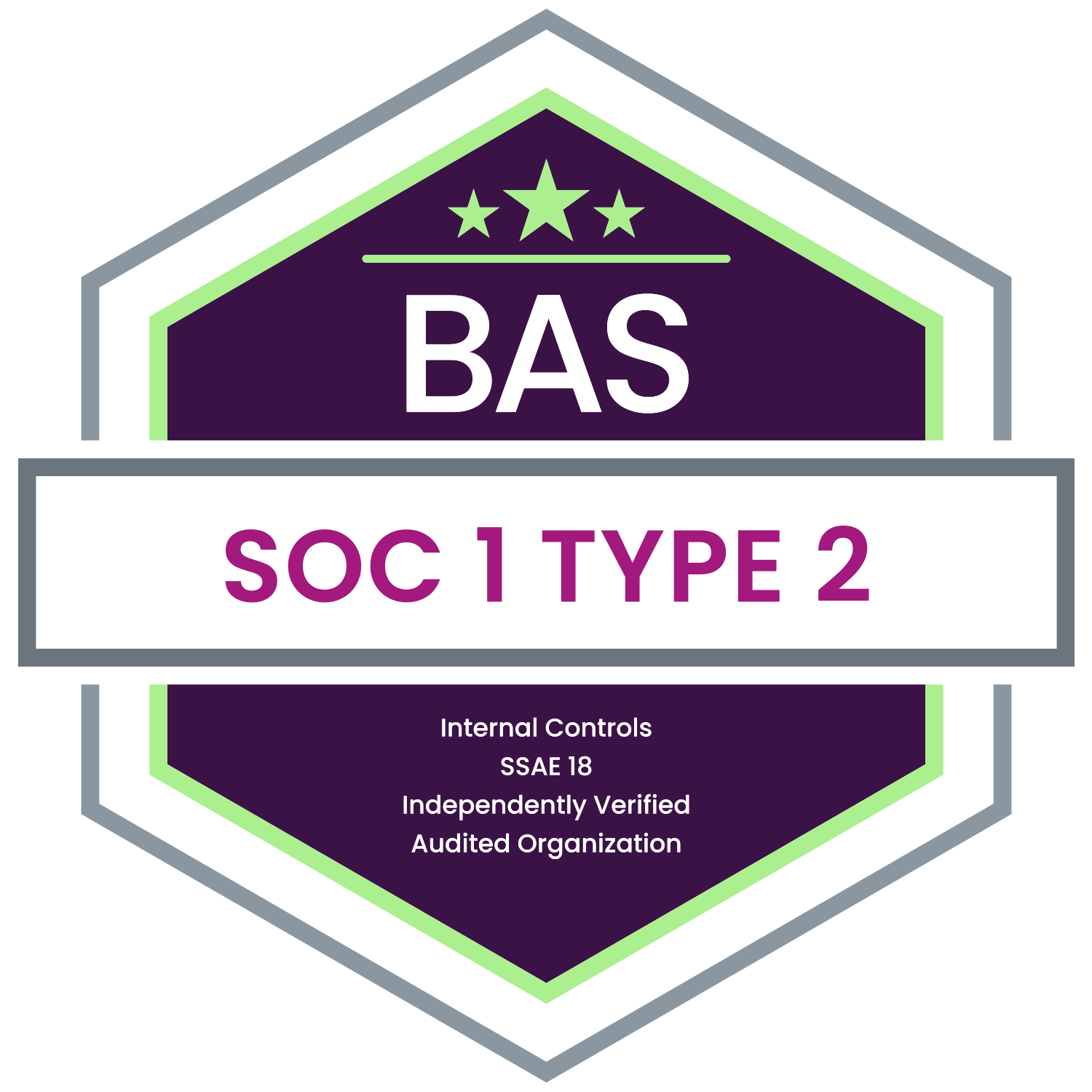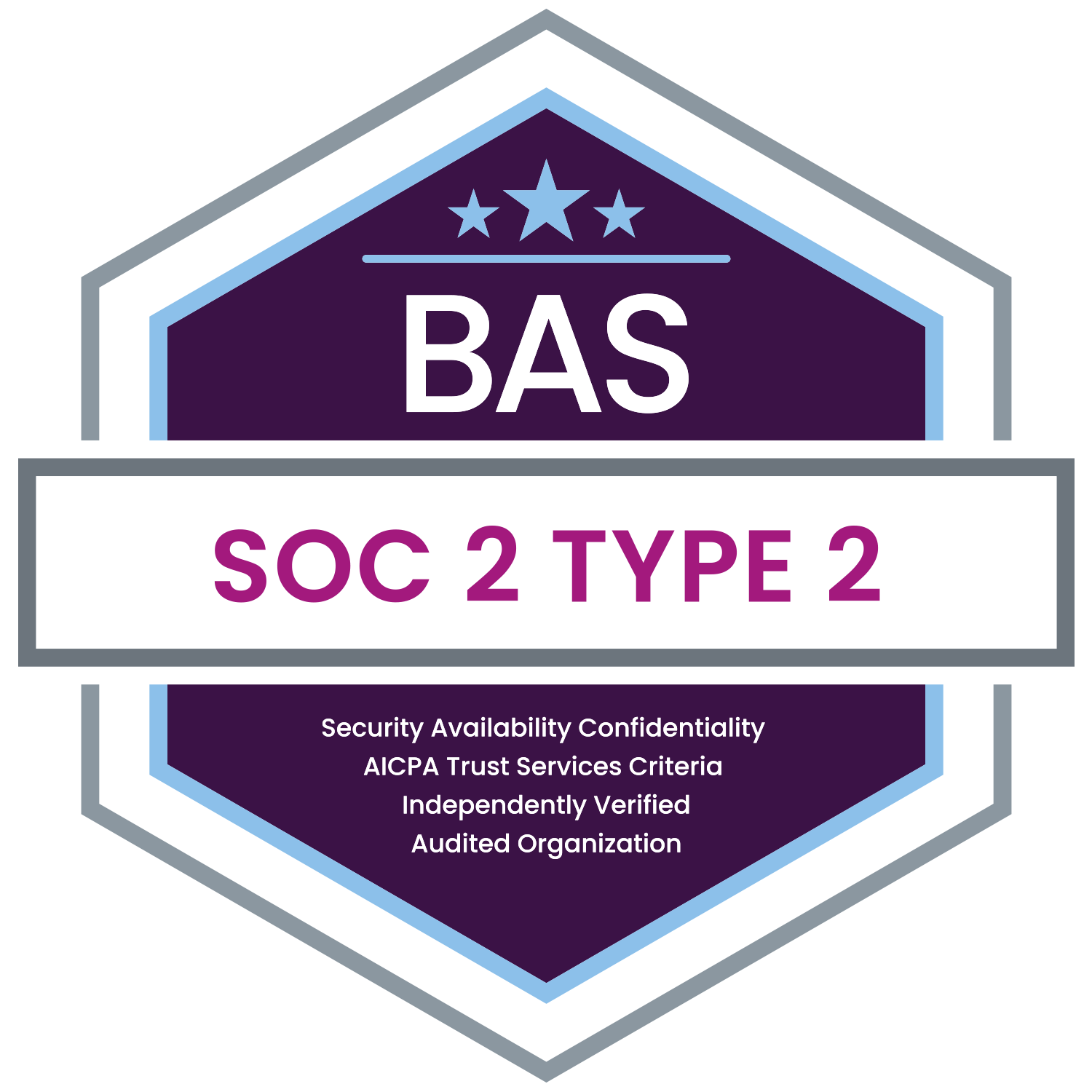Social engineering has become a prominent threat to organizations, as attackers increasingly target individuals rather than systems to exploit vulnerabilities. For employers, understanding and addressing these threats important for safeguarding sensitive company data, including protected health information (PHI).
Social engineering involves manipulating individuals into disclosing sensitive information or performing actions that compromise security. These tactics include phishing, smishing, baiting, and advanced methods like deepfakes. According to the U.S. Department of Health and Human Services (HHS), such attacks are successful because they exploit human behavior, often bypassing even the most robust cybersecurity measures.
Common Types of Social Engineering Attacks
- Phishing: Fraudulent emails that appear to be from trusted sources, such as HR departments or financial institutions, aim to trick employees into sharing credentials or clicking malicious links. These attacks can compromise work and personal devices, leading to network breaches.
- Smishing: Similar to phishing but conducted through text messages, smishing often uses urgency or fear to compel employees to act, such as resetting passwords or confirming financial transactions.
- Baiting: Attackers lure victims with promises of prizes or valuable resources, either digitally (via emails or websites) or physically (by planting malicious USB drives in accessible locations).
- Deepfakes: Advanced technology can create convincing fake videos or voice recordings, enabling attackers to impersonate trusted individuals like company executives to gain access to sensitive systems or data.
Impact on Employers
The consequences of social engineering can be severe for employers, especially those handling sensitive data subject to regulatory requirements such as HIPAA. A successful attack can result in unauthorized access to electronic PHI (ePHI), data breaches, financial losses, and reputational damage. Between 2019 and 2023, breaches involving hacking or IT incidents reported to the HHS Office for Civil Rights rose by 89%.
Strengthening Your Organization’s Defenses
Employers can prevent social engineering attacks by implementing both technical safeguards and employee training programs:
- Employee Education: Regularly train employees to recognize phishing, smishing, baiting, and deepfake attacks. Incorporate simulated phishing tests to reinforce knowledge and identify vulnerabilities.
- Technology Safeguards: Deploy anti-phishing tools, behavioral analysis software, and email verification systems to flag suspicious activity. Enforce role-based access controls to limit exposure to sensitive data.
- Secure Remote Work Practices: Ensure employees follow cybersecurity protocols, such as using VPNs and locking devices when working remotely. Discourage personal email or device use for work-related activities to minimize risks.
- Incident Response Plans: Have a clear protocol for reporting suspicious activity or potential breaches. Immediate reporting allows IT teams to act quickly to mitigate risks.
Key Takeaways for Employers
Social engineering is a persistent and evolving threat that targets the human element of cybersecurity. Employers must proactively educate their workforce, implement robust technical controls, and foster a culture of vigilance. By addressing these challenges head-on, organizations can better protect their systems, data, and reputation in an increasingly digital workplace.
Benefit Allocation Systems (BAS) provides best-in-class, online solutions for: Employee Benefits Enrollment; COBRA; Flexible Spending Accounts (FSAs); Health Reimbursement Accounts (HRAs); Leave of Absence Premium Billing (LOA); Affordable Care Act Record Keeping, Compliance & IRS Reporting (ACA); Group Insurance Premium Billing; Property & Casualty Premium Billing; and Payroll Integration.
MyEnroll360 can Integrate with any insurance carrier for enrollment eligibility management (e.g., Blue Cross, Blue Shield, Aetna, United Health Care, Kaiser, CIGNA and many others), and integrate with any payroll system for enrollment deduction management (e.g., Workday, ADP, Paylocity, PayCor, UKG, and many others).
